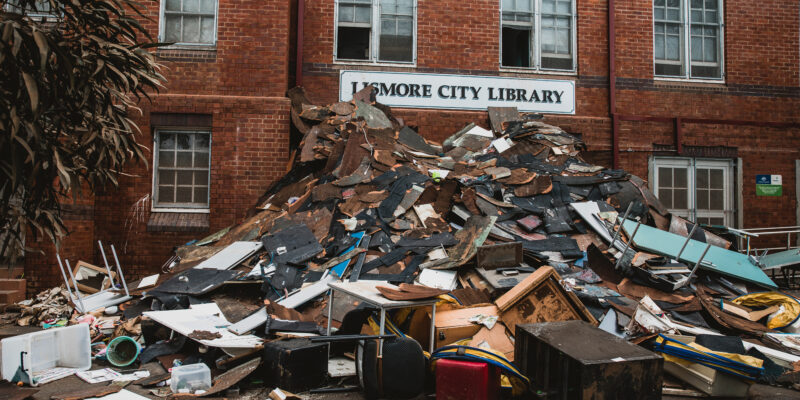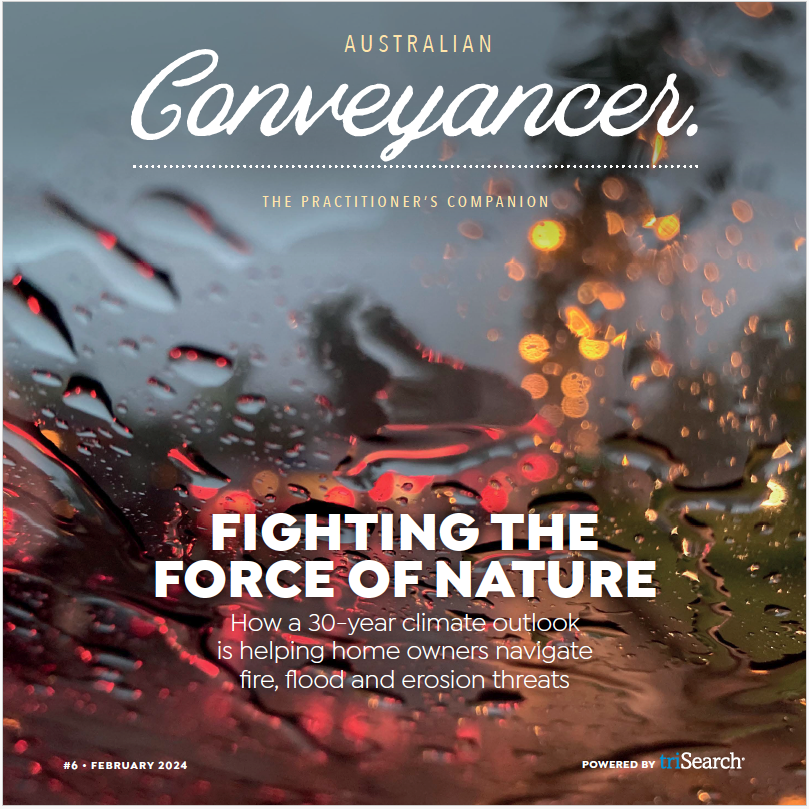Flood risk levels to be a bigger part of the conveyancing process
Conveyancers and property managers will have to disclose flood risk levels under Federal recommendations following the 2022 floods

CONVEYANCERS and property managers will have to disclose flood risk levels under Federal recommendations following the 2022 floods.
Flood emergencies in NSW, Victoria, Queensland and Tasmania over a period of 10 months in 2022 led to a record 300,000 insurance claims.
More than two years later, many people were still waiting to move back into their homes.
The House Standing Committee on Economics, which has just released its report on insurers’ responses to the claims, has made 86 recommendations.
The Chair of the committee, Dr Daniel Mulino MP, said the title Flood failure to future fairness reflected “the collective failure by insurers to meet their obligations to policyholders after the 2022 floods, and our hope for a fairer system in the future through the 86 recommendations in this report.
Dr Mulino said: “Too many cases were badly mishandled.
“Inconsistent decision-making meant neighbours received different outcomes after the same event. Long delays caused emotional, mental health and financial strain.
“More than two years on, many people still can’t go home. Initial offers were often too low, which was especially problematic for cash settlements.”
The report also responds to the growing number of uninsurable properties at very high risk.
Dr Mulino said “some form of government intervention” would be needed for such properties, and that guiding principles for such intervention include the need for ongoing community and household level mitigation investment, and that no further development should occur in high-risk areas.
Specific recommendations include:
- disclosure of flood risk levels through property conveyancing and rental agreements
- exploring regulatory mechanisms to discourage banks from financing new housing developments at a 1-in-100 flood risk or higher
- changes to building codes to boost flood resilience
- extending the Bushfire Resilience Rating App to flood risk
- requiring insurers to reduce premiums after household-level mitigation works
- further development of buyback and resilience programs for the highest-risk properties.





